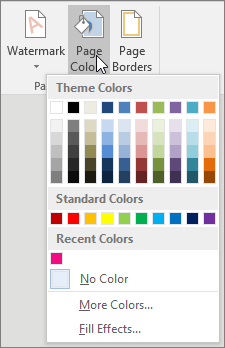

thmx file in the Document Themes folder on your local drive and is automatically added to the list of custom themes that appear when you click Themes.Īfter saving your theme, you can set it so it’s used for all new documents. In the File name box, enter a name for the theme, and click Save. On the Page Layout tab in Excel or the Design tab in Word, click Themes > Save Current Theme. Or you can make it the default for new documents. Once you’ve made changes to your theme, you can save it to use again. To remove theme formatting from just a portion of your document, select the portion you want to change and change any formatting you like, such as font style, font size, color, etc. To return to the default theme, choose the Office theme. To change themes, simply pick a different theme from the Themes menu. Select the set of effects that you want to use. On the Page Layout tab in Excel or the Design tab in Word, click Effects. While you cannot create your own set of theme effects, you can choose a set of effects that work for your document. Theme effects include shadows, reflections, lines, fills, and more. In the Name box, enter a name, and click Save. In the Create New Theme Fonts box, under the Heading font and Body font boxes, pick the fonts you want.

To create your own set of fonts, click Customize Fonts. Listen for all other AddToAny button instances' mouseenter event.ĭocument.querySelectorAll('.a2a_kit:not(.a2a_floating_style.a2a_default_style)').Tip: The top fonts are the fonts in the current theme. You can change the menu’s icon color on fly using the Additional JavaScript below: // Change the AddToAny menu icon color on the fly for the horizontal floating bar only.įunction changeAddToAnyVerticalHorizontalMenuIconColor() ' The challenge is that the universal menu is actually the same menu for all universal buttons, just repositioned.


 0 kommentar(er)
0 kommentar(er)
